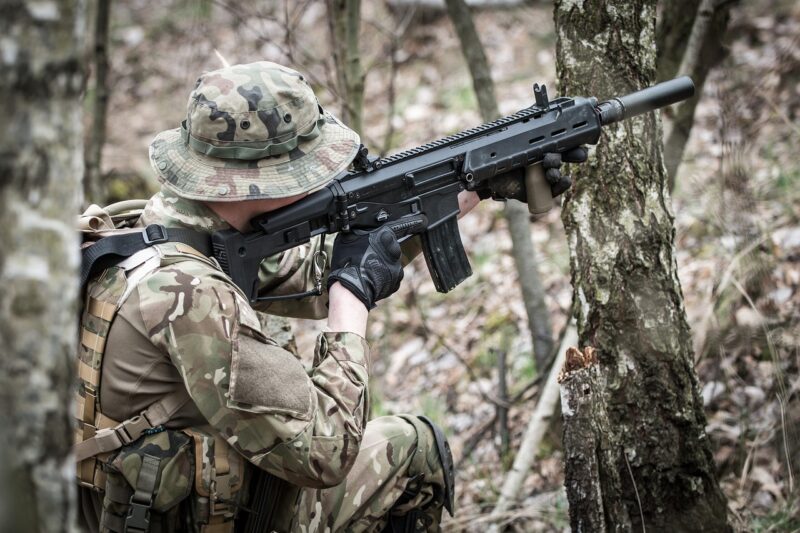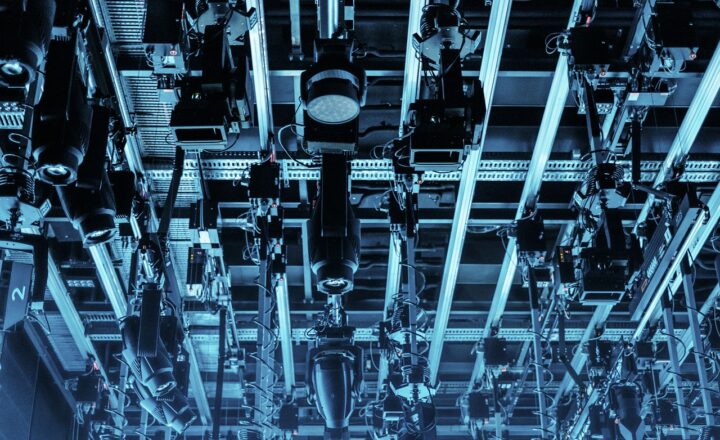The Evolution of Camouflage and How It Helps Soldiers Blend in Anywhere
November 11, 2024

Camouflage has long been one of the most crucial elements of military strategy, helping soldiers blend seamlessly into their surroundings. From the verdant forests of the Pacific to the arid deserts of the Middle East, the art and science of camouflage have evolved remarkably over time. Today, as warfare becomes increasingly sophisticated, understanding the evolution of camouflage reveals not only the ingenuity of military design but also the ways in which nature inspires these techniques.
1. The Origins of Camouflage
The word “camouflage” originates from the French term “camoufler”, meaning “to disguise or conceal”. While its formal military application came in the early 20th century, the concept of disguising one’s appearance is as old as warfare itself. Ancient warriors used mud, vegetation, and natural pigments to obscure their outlines—the foundation upon which modern camouflage is built.
In World War I, the need for effective camouflage techniques became paramount as soldiers faced the devastating consequences of advanced weaponry. The introduction of trench warfare made it clear that well-camouflaged positions were essential for survival. Artists and designers began developing patterns and colors designed to confuse the enemy’s sight, leading to the initial evolution of military camouflage.
2. The Development of Patterns and Colors
As the technology of warfare evolved, so too did the complexity of camouflage patterns. Early military camouflage was mainly solid colors or disruptive patterns that broke up the soldier’s silhouette against specific environments—like the British Army’s “khaki” and the French “horizon blue”.
During World War II, countries experimented with more sophisticated designs:
- Dazzle Camouflage: Used by naval ships, this style utilized bold shapes and contrasting colors to confuse enemy targeting systems rather than simply hiding the vessels.
- Jungle Camouflage: Developed for tropical warfare, these patterns included green and brown splotches designed to blend in with leaves and trees.
- Desert Camouflage: Following the changing theater of warfare, patterns in beige, tan, and light brown emerged to help soldiers in sandy terrains.
Camouflage fabrics became a critical part of a soldier’s arsenal—transforming their uniforms into effective tools for survival.
3. Modern Camouflage Techniques
With advancements in technology, camouflage has branched into various methodologies that enhance effectiveness:
- Digital Camouflage: This modern adaptation uses pixelated patterns, which can break up the outline of soldiers and equipment from different distances. The U.S. Army’s “Universal Camouflage Pattern” is a prime example, designed to remain effective in multiple environments.
- Adaptive Camouflage: Utilizing technology, adaptive camouflage is a form of active concealment where uniforms or vehicles can change color or pattern in response to their environment. This technology is still in developmental stages but offers promising solutions for future warfare.
- Thermal Camouflage: Designed to evade detection by infrared technology, this type of camouflage helps soldiers avoid heat signatures that might expose their positions to modern surveillance methods.
The ability to adapt in real-time and the inclusion of technology into camouflage strategies make today’s military forces much harder to detect on the battlefield.
4. The Role of Nature in Camouflage Design
Camouflage design has heavily drawn inspiration from the natural world. Many of the techniques used today mirror the patterns and colors found in nature. Take, for example:
- Mimicry: Insects like stick insects and leaf insects have perfected the art of blending in. By analyzing how these creatures achieve their effective disguises, military designers create patterns that achieve similar effects on soldiers’ uniforms.
- Counter-Shading: This natural phenomenon, where an organism is darker on the upper side and lighter underneath, is employed in many modern camouflage techniques to break up the outline of a soldier, creating a natural depth effect.
- Background Matching: This involves matching colors and shapes to the immediate environment, which ensures soldiers can blend into their surroundings seamlessly, just like many species in the animal kingdom rely on for protection.
Understanding nature not only provides solutions but also serves as a reminder of the delicate balance between man-made technology and the environment.
5. Challenges of Modern Warfare and Camouflage
As warfare tactics evolve, camouflage faces new challenges. With the rise of drones and advanced surveillance technologies, traditional camouflage methods might not suffice. The future of camouflage will likely involve innovative designs that incorporate technology capable of countering these developments. Factors influencing this evolution include:
- Urban Warfare: The unique challenges of city environments mean that traditional earth-tone camouflage is ineffective. Urban-specific designs that mimic concrete, steel, and urban aesthetics must be developed to combat these scenarios.
- Technological Countermeasures: As enemies enhance their detection capabilities, military forces need to continually adapt their camouflage methods to mitigate advances in thermal, radar, and visual detection technologies.
Camouflage must continually evolve to maintain its strategic advantage in modern combat.
Conclusion
The evolution of camouflage is a testament to human ingenuity, drawing from centuries of knowledge and inspiration from nature. As technologies advance, military designers continue to innovate, ensuring that soldiers remain concealed and effective in an ever-changing battlefield landscape. With emerging technologies and a deeper understanding of the environment, the future of camouflage will likely hold even more astounding developments, ensuring its continued relevance in military strategy.
Through the lens of history, we can see how critical the blending of art, nature, and technology is in the quest for survival on the battlefield. In essence, camouflage serves not only as a protective measure but also as a powerful symbol of evolution in military strategy and tactics.








